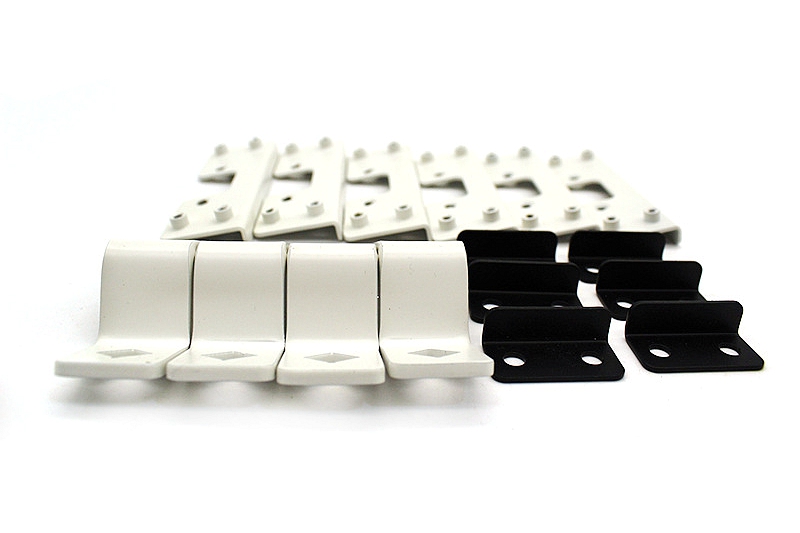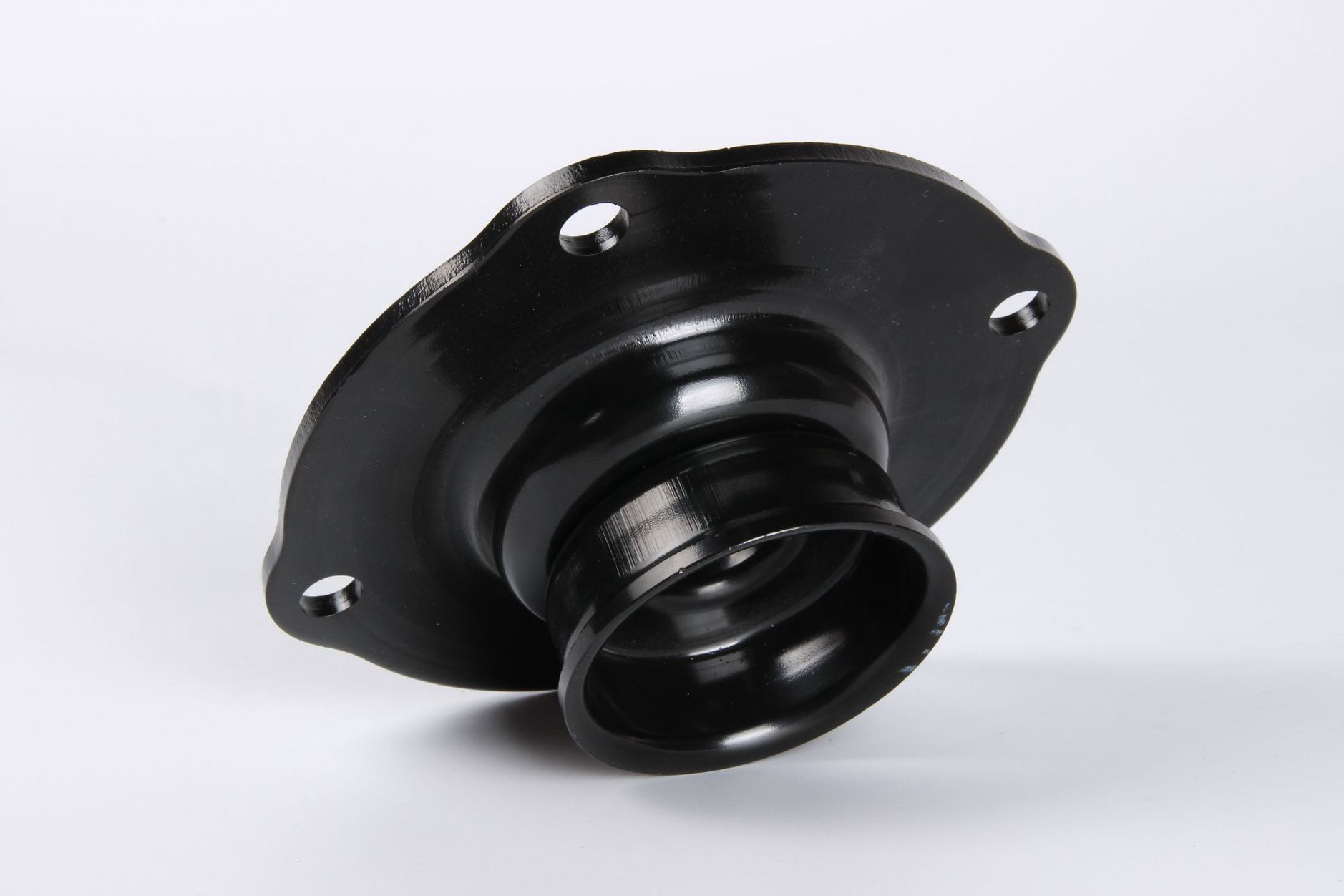What Is Die (Female) And Punch (Male) In Sheet Metal Stamping?
Brief Overview Of Sheet Metal Stamping
Sheet metal stamping is a versatile and widely used manufacturing process that produces intricate metal components. This technique involves forming, drawing, and trimming sheet metal into desired shapes using specialized tools and die sets. It plays a pivotal role in various industries, including automotive, electronics, and aerospace, due to its ability to mass-produce complex parts with high precision efficiently.
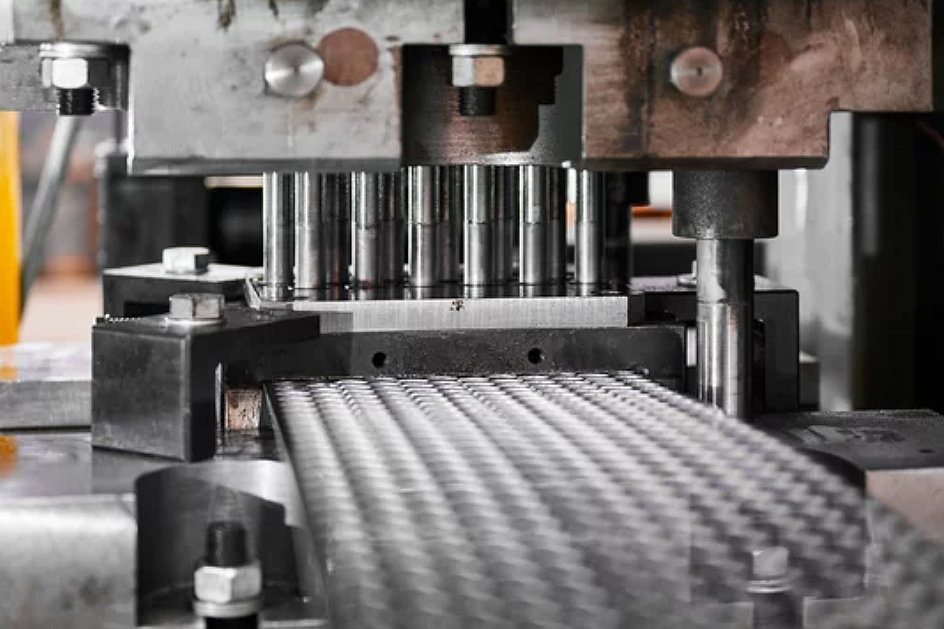
Critical Aspects of Sheet Metal Stamping:
Material Selection: Sheet metal stamping utilizes materials such as steel, aluminum, and stainless steel, depending on the specific requirements of the final product.
Die and Punch Setup: The process involves using a die (female) and a punch (male) to shape and cut the metal. The die contains the negative impression of the final part, while the punch presses the metal into the die, forming the desired shape.
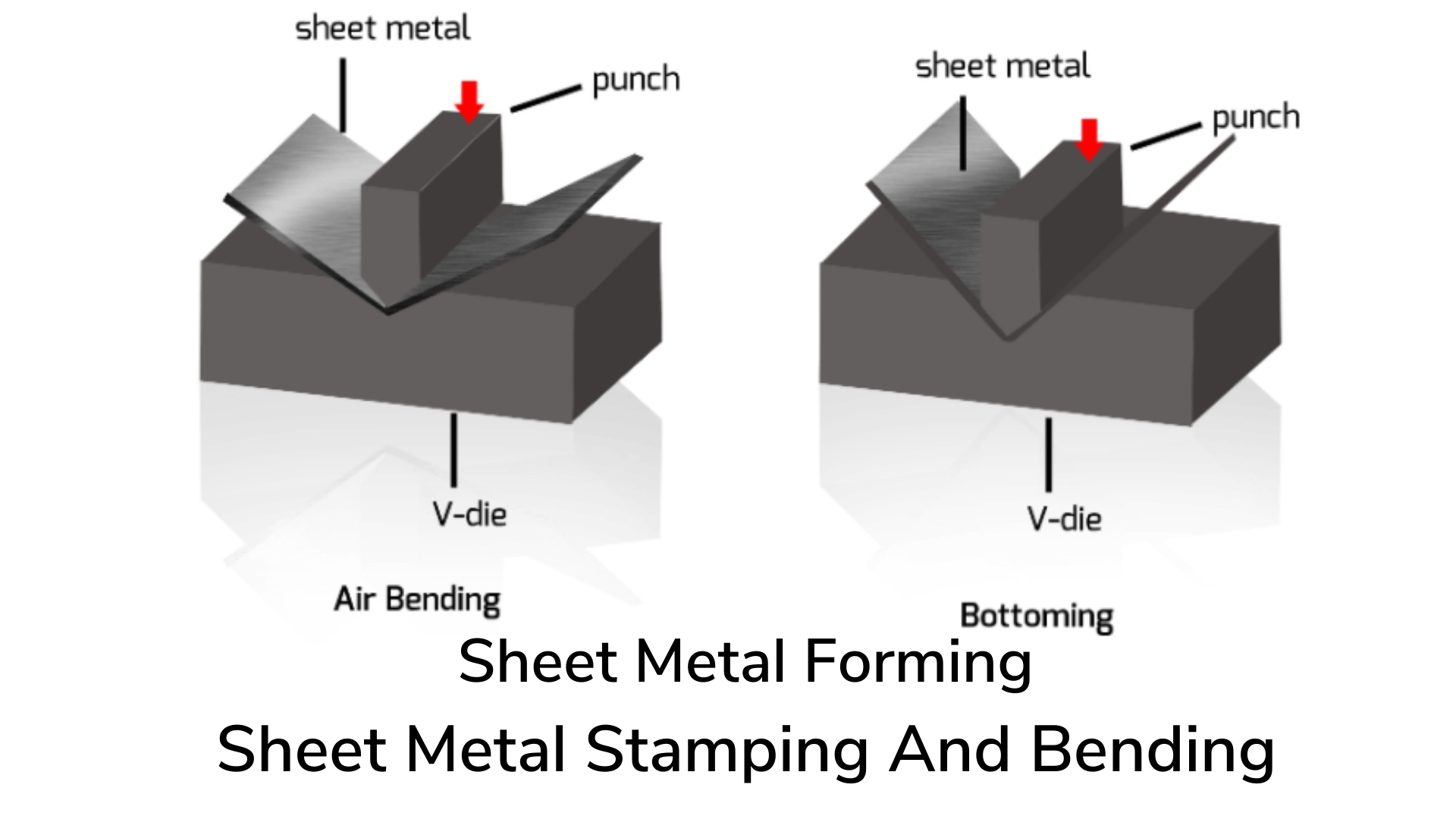
Types of Dies: There are various types of dies, including single station dies for simpler shapes and progressive dies for more complex, multi-step forming processes. This flexibility allows for the production of diverse components.
Precision and Tolerance: Sheet metal stamping demands high precision, with tight tolerance values for dimensions and clearances. It ensures uniformity and consistency in the produced parts.
Efficiency and Productivity: The efficiency of the stamping process contributes to high productivity. Well-maintained dies, punches, and advanced materials can enhance tool life and reduce downtime.
Applications: Sheet metal stamping is integral to manufacturing components like brackets, panels, casings, and other intricate parts used in various industries.
Overall, sheet metal stamping is a cost-effective and efficient method for large-scale production, offering the capability to meet stringent quality standards and intricate design requirements. Neway excels in custom parts manufacturing, leveraging sheet metal stamping to deliver precise, high-quality components across diverse industries.
Insight into Punch in Sheet Metal Stamping
Definition and function of the punch
In sheet metal stamping, the punch is a crucial component of the tool and die set, playing a defining role in shaping and cutting the metal into the desired form. The punch, typically the male part of the tool, is designed to exert force on the sheet metal material, forcing it into the die (female part) and thus forming the intended shape. Here's a breakdown of the definition and functions of the punch:
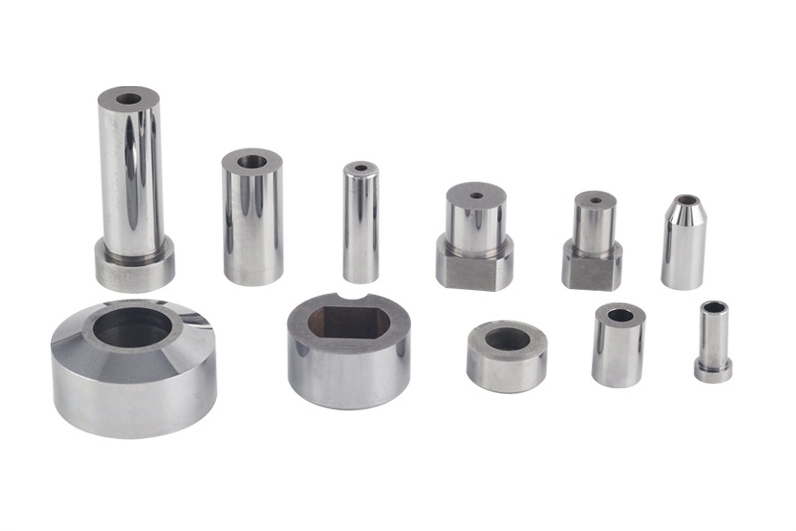
Definition:
The punch is the male component of the tool and die set used in sheet metal stamping. It is a specially designed, often cylindrical, component that applies force to the sheet metal, causing deformation or removal of material to achieve the desired shape.
Function:
Material Deformation: The primary function of the punch is to deform the sheet metal. As it descends into the die, it applies force, causing the metal to take the shape of the die cavity.
Cutting: In addition to shaping, punches are also employed for cutting operations. Specialized cutting punches are designed to sever the material cleanly, creating openings or contours in the sheet metal.
Piercing: Some punches are designed for piercing operations, creating holes or perforations in the sheet metal as it passes through the die.
Bending: Punches can be configured to perform bending operations, altering the geometry of the sheet metal without entirely cutting it.
Ejection of Parts: In specific stamping processes, the punch may assist in ejecting the formed part from the die, ensuring a smooth and efficient production cycle.
Precision and Tolerance: The punch's design is crucial for maintaining the stamped parts' precision and tight tolerance values. Its dimensions and clearances must be carefully controlled to achieve consistent results.
As a Neway production engineer, understanding punches' intricate functions is essential for optimizing the sheet metal stamping process. By leveraging precision engineering and innovative designs, Neway ensures punches contribute to the company's commitment to delivering high-quality custom parts efficiently and accurately.
Types of punches employed in sheet metal stamping
In sheet metal stamping, various punches achieve different forming, cutting, and shaping operations. Each type of punch is designed to meet specific requirements in the manufacturing process. Here are some common types of punches used in sheet metal stamping:
Blanking Punch:
Function: Primarily used for cutting out the desired shape of the final part from the sheet metal.
Application: Ideal for creating components with precise external contours, such as brackets and panels.
Piercing Punch:
Function: Designed to create holes or perforations in the sheet metal.
Application: Commonly used for adding fastener holes, slots, or openings in stamped parts.
Forming Punch:
Function: Shapes the sheet metal into complex contours or three-dimensional forms.
Application: Essential for producing parts with intricate designs and specific geometries.
Embossing Punch:
Function: Creates raised patterns or designs on the surface of the sheet metal.
Application: Adds aesthetic or functional features to the stamped parts, often used for branding or identification purposes.
Coining Punch:
Function: Applies extreme pressure to the sheet metal to create a precise, defined feature.
Application: Used for achieving highly accurate dimensions and surface finishes in stamped parts.
Notching Punch:
Function: Removes material to create a notch or cutout in the sheet metal.
Application: Useful for creating specialized shapes or features in stamped components.
Lancing Punch:
Function: Creates elongated openings or slits in the sheet metal.
Application: Commonly used for creating vents or openings in stamped parts.
Bending Punch:
Function: Induces controlled bending or folding of the sheet metal.
Application: Essential for producing components with specific angles or curved shapes.
Understanding the diverse functions of these punches allows Neway to tailor its sheet metal stamping processes to meet the precise requirements of custom parts manufacturing. By selecting the appropriate punch type for each operation, Neway ensures efficiency, accuracy, and the production of high-quality components for its clients.
Understanding Die in Sheet Metal Stamping
Definition and role of the die
In sheet metal stamping, the die is a critical component of the tool and die set, and it plays a fundamental role in shaping and cutting the sheet metal into the desired form. The die, typically the female part of the tool, is designed to work in conjunction with the punch (male part) to form specific shapes and contours. Here's a breakdown of the definition and role of the die in sheet metal stamping:
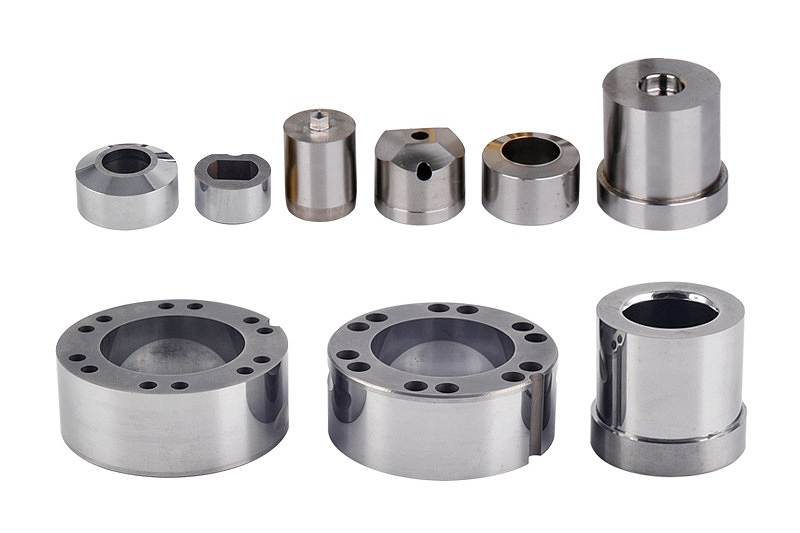
Definition:
The die is the female component of the tool and die set used in sheet metal stamping. It is a specialized tool with a cavity corresponding to the final product's intended shape. The sheet metal is placed over the die, and the punch exerts force on it, causing it to take the die's shape.
Role:
Shaping and Forming: The primary role of the die is to define the external and internal contours of the stamped part. The die cavity determines the formed metal's final shape, size, and features.
Support for the Sheet Metal: The die provides support to the sheet metal during the stamping process. It ensures the material is securely placed, preventing unintended deformation and maintaining precision.
Cutting Operations: In cases where cutting is involved, the die is a counterpart to the punch. They create clean cuts, separating the desired part from the surrounding material.
Precision and Tolerance Control: The design and dimensions of the die are crucial for maintaining precision and tight tolerance values in the stamped parts. The die must be meticulously crafted to ensure consistent and accurate results.
Durability: Dies need to withstand repetitive stamping cycles. Therefore, they are typically made from durable materials such as tool steel or carbide to endure the mechanical stresses associated with the stamping process.
Multi-Step Operations (Progressive Dies): In progressive stamping, multiple dies are often arranged sequentially. Each die performs a specific operation, and the sheet metal advances through the sequence to undergo a series of forming and cutting processes in a single press cycle.
Types of dies used in sheet metal stamping
In sheet metal stamping, various dies perform specific functions in shaping and cutting the sheet metal. Each die type is designed to address different requirements in the manufacturing process. Here are some common types of dies used in sheet metal stamping:
Single Station Dies:
Function: Processes the sheet metal in a single operation, suitable for simple shapes and lower production volumes.
Application: Ideal for small-scale production or when the part's complexity does not necessitate multiple forming steps.
Progressive Dies:
Function: Consists of a series of stations, each sequentially performing a specific operation as the sheet metal advances through the die.
Application: Efficient for high-volume production of intricate parts, combining multiple operations into a single press cycle.
Compound Dies:
Function: Performs multiple operations simultaneously in a single stroke, reducing the need for multiple press cycles.
Application: Suitable for parts with moderate complexity, balancing efficiency and tooling complexity.
Combination Dies:
Function: Integrates functions such as piercing, blanking, and forming in a single die.
Application: Used when a part requires different operations but does not justify using a progressive die.
Draw Dies:
Function: The sheet metal is formed into three-dimensional shapes for deep drawing operations.
Application: Commonly used for producing cylindrical or box-shaped components, like automotive parts or kitchen appliances.
Cam Dies:
Function: Employs a cam mechanism to control the movement of the metal during the stamping process.
Application: Useful for achieving complex shapes and contours, particularly in irregularly shaped parts.
Trim Dies:
Function: Removes excess material or flash from the stamped part after the forming process.
Application: Ensures a clean and precise final product by trimming away unwanted edges or excess material.
Forming Dies:
Function: Shapes the sheet metal into specific contours without cutting or blanking.
Application: Essential for creating parts with intricate shapes and curves without additional cutting operations.
Understanding the characteristics and applications of these types of dies allows Neway to optimize its sheet metal stamping processes to manufacture custom parts for diverse industries efficiently and accurately.

